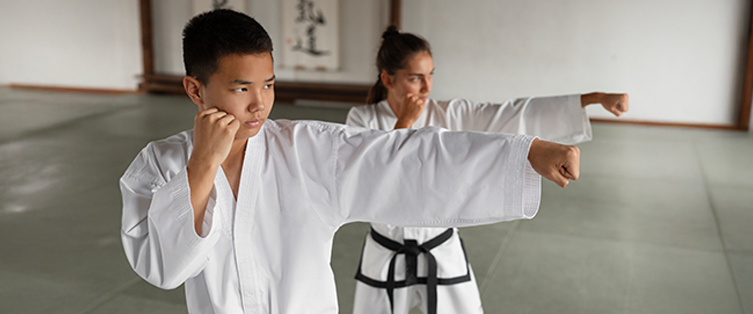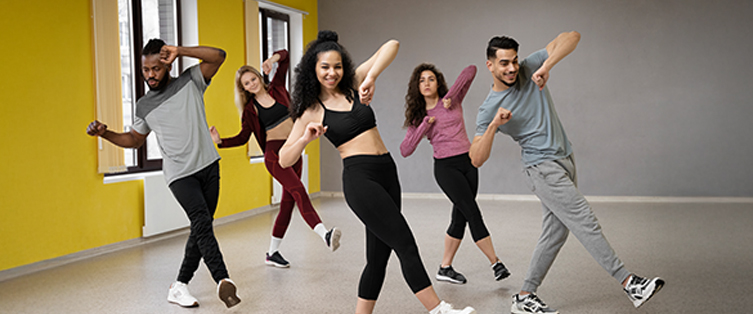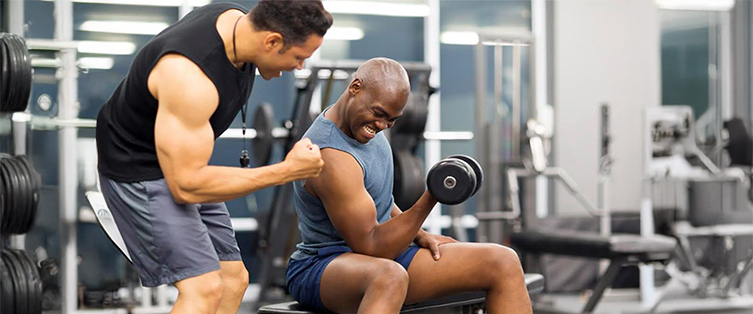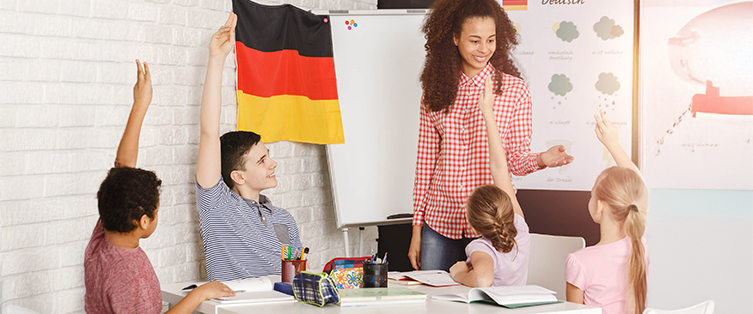Painting with watercolor is a time-honored yet modern form of expression accessible to virtually anyone. Masters of fine art use watercolor as much as amateur painters, and the results can be beautiful regardless of skill level.
What is Watercolor?
Watercolor is pigment blended with a water-soluble binder that can be applied to paper, canvas, wood, and many other types of mediums. Painters use watercolor in various styles and methods throughout the globe and consider this art form to be highly customisable.
Painting with watercolor is a fun, creative way to improve your artistic skills and express yourself through the use of color and brushstrokes. Many enjoy the versatility and affordability of watercolor over other forms of painting, but there are many different reasons why watercolor is such a unique expression of creativity.
Artists agree that watercolor offers a degree of flow and flexibility when putting paint to paper. The paint itself does the majority of the work as it blends and glazes over its own layers, allowing the artist to relinquish some control and work along with the medium instead of against it.
Why Should I Learn to Paint with Watercolor?
Watercolor painting is a popular method of artistic expression that combines techniques of drawing or sketching with painting. Unlike acrylic or oil-based paint, watercolor offers a distinctive style that allows the painter to add as much or as little detail as desired. You can paint landscapes, animals, the human form, abstract art, and much more with watercolor.
Learning to paint with watercolor will help you master a fun craft, create beautiful art works for your home, but most importantly, learn something that will make you feel happy for a lifetime.
How to Paint with Watercolor
To begin making a painting with watercolor, gather supplies first. Fortunately for beginners and experts alike, the materials needed for watercolor are generally few and inexpensive:
- Watercolor paints
- Watercolor paints range in price and quality but are generally inexpensive and long-lasting. Unlike acrylic or oil-based paint, used or dried watercolor can be rehydrated and reused as often as necessary.
- Paint brushes
- Paint brushes for watercolor can be natural or synthetic and are specifically designed to work with the delicate and fluid nature of the paint. Conveniently, acrylic and oil brushes can be used as well. However, watercolor brushes should not be used with acrylic or oil paints.
- Watercolor paper
- Watercolor paper is generally made through one of three processes: hot press, cold press, or rough press. Cold and rough pressed paper is absorbent and texturized, while hot pressed paper is smooth. You can buy watercolor paper as single sheets, a notebook pad, a block, or a roll.
- Two containers of water
- With two separate containers of water on hand, one for cleaning your brushes and one for mixing and blending paint, there is more time to focus on the art.
After gathering your painting supplies, choose the shade and opacity of your colors. Watercolor is aptly named, considering that water is the key component of creating the type, shade, and opacity of the colors with which you paint. For a more translucent look, use more water to blend your palette. Use less water if you want your watercolor painting to look more opaque with sharply contrasting colors.
Searching for existing watercolor paintings for reference or inspiration is an excellent method for deciding what to paint. However, taking inspiration from your own surroundings or perspective is also an option. Or, taking instruction from an experienced guide can help you combine your own style with traditional watercolor techniques and make a truly unique work of art.
The Best Way to Learn Watercolor Painting
Learning how to paint with watercolor can be as simple as you would like it to be. Many tutorials are available online, and books outlining the basics are available from many local retailers. However, one of the best ways to learn how to use watercolor is with guidance from an experienced professional.
A watercolor painting teacher will help you discover the best techniques that work for your style and perspective, and can provide you with tips gleaned from years of experience. Guided courses with instant feedback are a great way to learn any skill, especially when it comes to painting with watercolor.
What is the History of Watercolor Painting?
The first watercolor paintings are believed to have originated from the Paleolithic era, or Old Stone Age, gaining popularity throughout the middle ages and eventually becoming one of the most popular art forms of the European renaissance. However, watercolor painting has its own history in some form or another in every area of the world.
- In China, watercolor was introduced during the Qing dynasty (1644-1911) – although ink and wash painting, similar to watercolor, was developed during the Tang Dynasty (618-907).
- Japanese artists use Gansai (顔彩), a traditional Japanese watercolor that differs only slightly from western watercolor paints.
- Ancient Egyptians mixed pigments with egg whites and gum arabic to paint on papyrus scrolls.
Some ancient paintings and illustrations were found on stone, wood, or parchment made of sheep or calf skin. Eventually, the process of making paper moved from China to the Middle East, then to the west in Europe, globalising a new painting medium that is used to this day all over the world. Watercolor paper is made differently than sketchbook paper or canvas but is easy to find throughout craft shops in Dubai and other areas.
Who are the Masters of Watercolor Painting?
The ancient practice of watercolor has been improved and shaped over the centuries by master artists and spectators alike. In fact, there are many artists who are considered to be masters of watercolor painting – whose styles and techniques influence the art form even today. Some of these artists include:
Albrecht Dürer (1471-1528) is considered the first distinguished watercolor artist from Europe, completing works renowned for their intricate details and deep coloring.
Joseph Mallord William Turner, or J.M.W. Turner (1775-1851), began painting commercially after showing prolific talent at a young age. Eventually, he used his watercolor abilities to document his travels across the globe, amassing more than 32,000 works before he died.
John James Audubon (1785-1851) established the artistic custom of watercolor illustrations with his book of 25 bird species, “The Birds of America.” His work is full of intricate details and distinct colors that make his work identifiable even to this day.
Elizabeth Murray (1815-1882) had a distinct style of painting with watercolor, superimposing layers of blended colors to formulate depth in her work. Murray also founded a Society of Female Artists in 1855 – the first of its kind.
Paul Klee (1879-1940) is known as one of the most influential painters of the 19th and 20th centuries. Painting watercolor with an abstract, three-dimensional tone, Klee used drastic colors and details to confront the perceptions of his viewers. In 1911 he joined the Blaue Reiter, an artists’ group, where he painted his interpretations of the spiritual realm.
Watercolor artists of today are making their mark with new and innovative techniques and styles, and some even offer to share their expertise in painting classes – both remotely and in person.
Book a Watercolor Painting Class in Dubai
Watercolor painting classes can help get you started or sharpen your existing skills. Whether you have never picked up a paintbrush or are an experienced painter interested in learning new techniques, booking a watercolor class in Dubai is an easy way to get started.






Leave a Reply